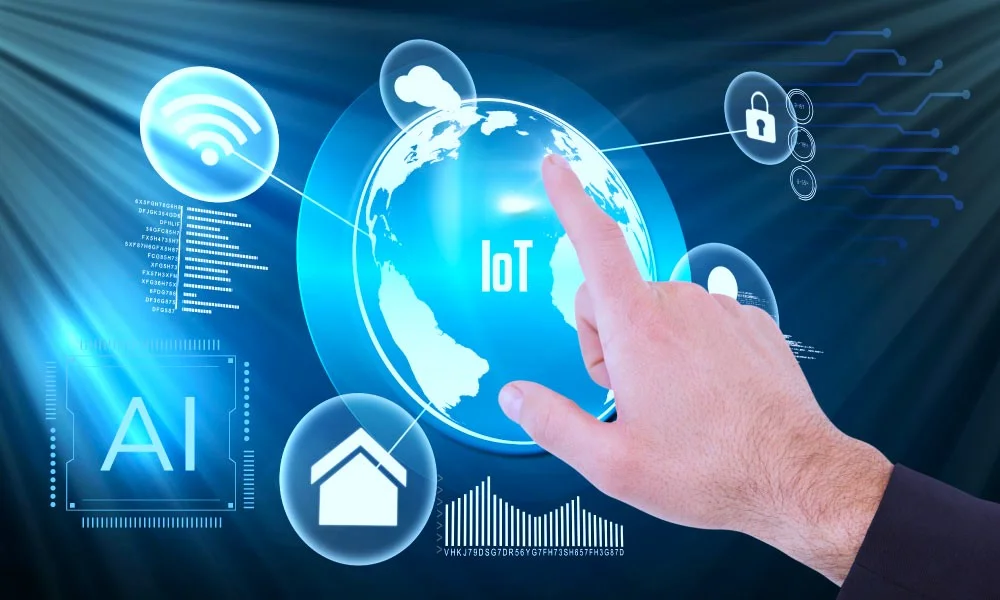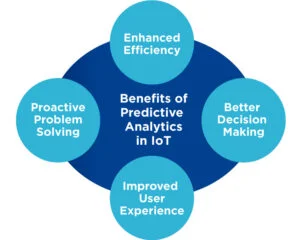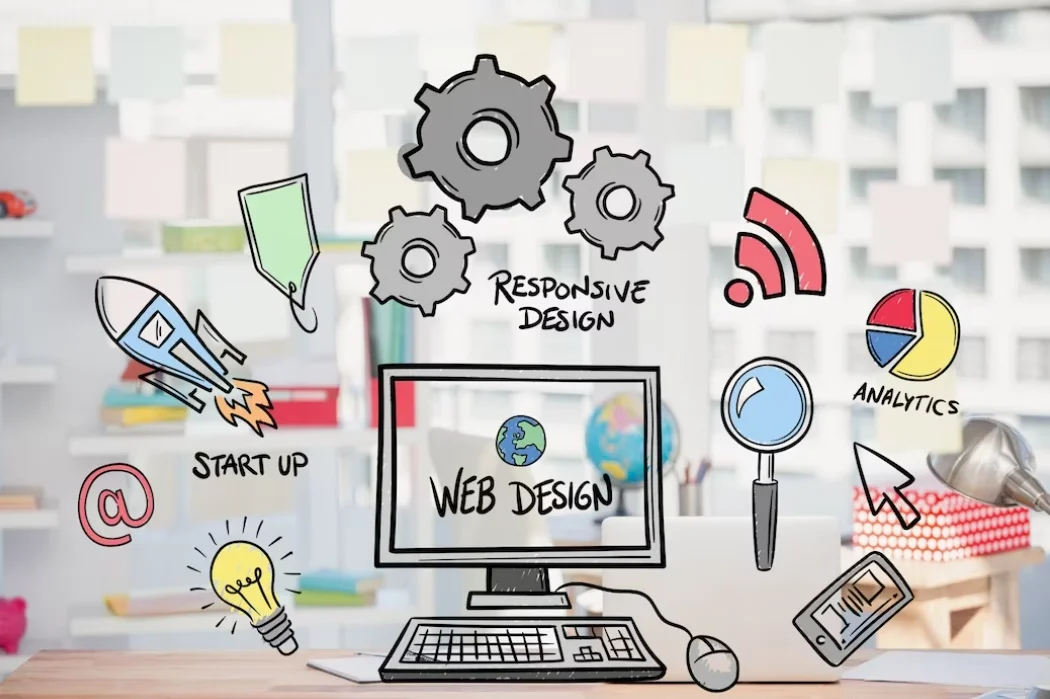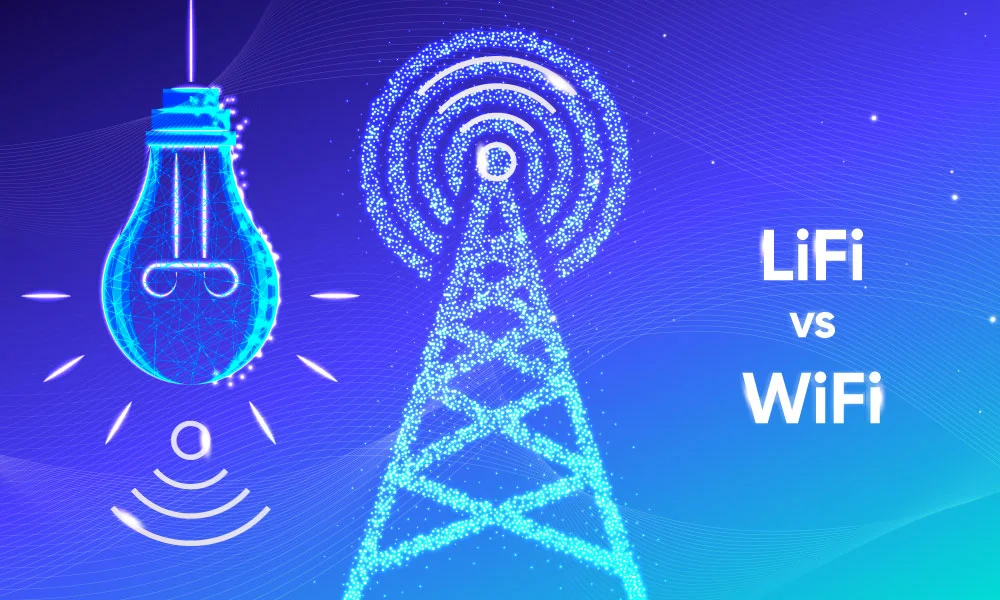Imagine a world where your fridge would order milk for you once you running out of it and or your car would predict when it would require its next service, before you even know that something is wrong. Yes, these are not imaginary thoughts of a child but the coming future.
Welcome to the Internet of Things (IoT), a world where everyday objects are connected to the Internet, thereby sharing and extracting information. But how do these devices become smarter? The answer lies in predictive analytics. But how is this possible? The answer is hidden in predictive analysis. Let's explore the future.
What is Predictive Analytics?
Predictive analytics is a collection of data. It uses statistical algorithms and machine learning techniques to examine current and historical data. It helps humans to make informed assumptions about future events. In a simple terms, it makes assumptions of the future based on what has already happened in the past. Let's see how this powerful tool works with IoT and changes our lives.
How IoT and Predictive Analytics Work Together?
The Internet of Things consists of many devices, ranging from smart thermostats or wearable health monitors, each device generates a massive amount of data. Here is where predictive analytics comes in. It processes this data and reveals the patterns and trends that help us understand how these devices can serve us better.
For example, consider smart home devices. Imagine a smart home, where a thermostat collects data on your heating preferences and patterns. Predictive analytics analyzes this data to suggest the ideal temperature for different times of the day and makes sure the comfort level while saving energy. It learns from your behavior, making adjustments that improve your daily life.
Benefits of Predictive Analytics in IoT
- Enhanced Efficiency: Predictive analytics helps in enhancing the performance of IoT devices. For instance, in manufacturing, sensors on machinery can predict when a particular equipment may fail. This allows for timely maintenance, minimizes downtime and saves the cost.
- Better Decision Making: By using predictive analysis in IoT, businesses can make smarter decisions with data-driven insights. They will predict customer purchasing trends, thus adjusting the inventory levels to meet demand to minimize the probability of stockouts happening.
- Improved User Experience: People now expect things to be personalized. Smart devices analyze what users like and then suggest actions that fit their needs. For instance, a fitness tracker might recommend a workout based on how active the user has been.
- Proactive Problem Solving: Predictive analytics takes a proactive approach by anticipating issues before they arise. It enables individuals to make informed decisions.
For instance, in a city's traffic management system, predictive analytics can adjust traffic light timings based on anticipated traffic patterns. This foresight helps alleviate congestion before it becomes a problem, improving overall traffic flow.
Challenges Ahead
Despite of many benefits, the integration of predictive analysis with IoT has many challenges. Ensuring data privacy is a major challenge because continuous collection and analysis of personal data exposes a system to security risks. Additionally, it is important to make sure the accuracy of predictive models requires quality data and continuous updates.
The Future of Predictive Analytics in IoT
As we look to the future, the integration of IoT and predictive analytics is poised to transform various industries. With advancements in technology, we can anticipate the development of more sophisticated algorithms that not only forecast future events but also deliver actionable insights for decision-making.
What’s Next for You?
Now that you have a grasp of how IoT interacts with predictive analytics, consider the impact of these technologies on your everyday life. Reflect on how they might enhance your routines, improve efficiency, and create smarter environments around you. How could your home or workplace use these tools? Let’s think about a few questions to consider:
- What smart devices do you use now, and how could they be better with predictive analytics?
- Are there parts of your life where you wish technology could predict what you need?
- What are your thoughts on data privacy in a connected world?
Final Remark!
Predictive analytics is changing the IoT world, by making better decisions, improving efficiency, and enhancing our experiences. As we adopt this technology, we are moving toward a smarter, more connected future. So, stay aware, there are endless possibilities ahead!
To learn more about Predictive analysis and IoT, visit KnowledgeNile!
Recommended for you:






